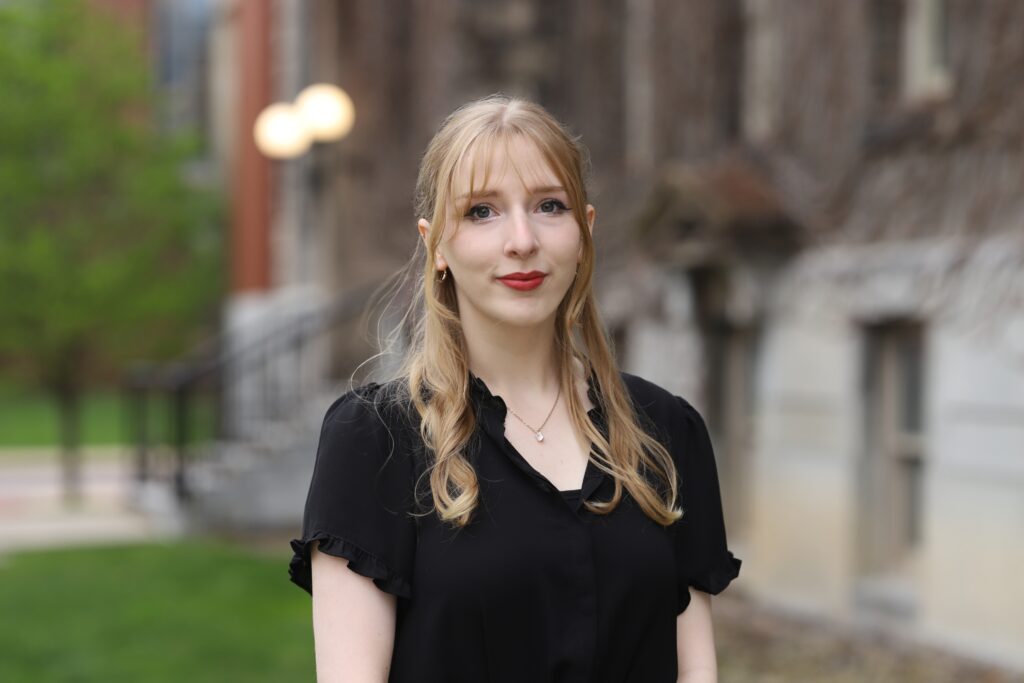
Andrea Hoe ‘23 G‘28 was ecstatic when she received an invitation to join NASA’s Graduate Research Fellowship program. It felt like years of hard work had finally paid off. She had always been fascinated with space, but it wasn’t until high school that she discovered her passion for space architecture. Since then, she’s made it her mission to work with NASA and continue exploring her interests in cutting-edge design.
“Whether it was participating in STEM programs or conducting independent research, my goals and achievements were strategic towards realizing my dream of becoming a space architect,” says the aerospace engineering student. “Now, to have the opportunity to collaborate with NASA feels like the culmination of a journey filled with challenges, setbacks, and moments of sheer determination. It is a surreal experience, and I am eager to begin this new chapter in my academic career.”
She initially began her undergraduate studies at Syracuse University as an architect student but found herself gravitating towards research opportunities. While architecture and space habitat design have their differences, she saw concepts that overlapped and knew she could apply her studies in architecture to space habitats.
“Architecture provided me with a solid foundation in design principles and unconventional thinking. I knew I wanted to apply this knowledge to engineering. I believe the intersectionality of disciplines is important in today’s time and will push society forward. By embarking on this academic journey, I aim to bridge the gap between creativity and innovation to explore new possibilities for space exploration.”
The NASA Fellowship sponsors graduate student research and development of innovative space technologies. The fellowship includes a research grant, which will provide her the opportunity to research lunar regolith composites with carbon nanotubes for space habitation applications. The study aims to create a concrete-like structural material that can be made from soil on the moon, which is known as lunar regolith.
The primary focus of the research is to investigate the effects of adding carbon nanotubes to lunar regolith. Even a small amount of these nanotubes can significantly enhance the compressive strength of the lunar soil, making it an ideal choice for durable structural material in space architecture. “Our future testing plans are diverse and exciting as we aim to delve deeper into optimizing the composition and properties of this lunar regolith-based material. Space is an extreme environment, so exploring its durability and resilience is imperative.”
She believes this research is pivotal to ensuring secure and stable habitats on the moon as well as manned missions to Mars and beyond, paving the way for the future of human space exploration. “Syracuse’s architecture program empowered me to be creative and think critically, particularly in my final thesis project. The aerospace engineering department has allowed me to pursue my ambitions and gain insightful experiences. I am truly grateful. Receiving the NASA Fellowship and grant is an indescribable event for me. It is a validation of years of hard work, dedication, and unwavering determination.
“I am so grateful for the support from the professors at Syracuse who assisted me in this journey and for the recognition from an institution as esteemed as NASA. I am particularly grateful for the mentorship of my research advisor, Dr. Wang, whose guidance and support have made this possible.”
